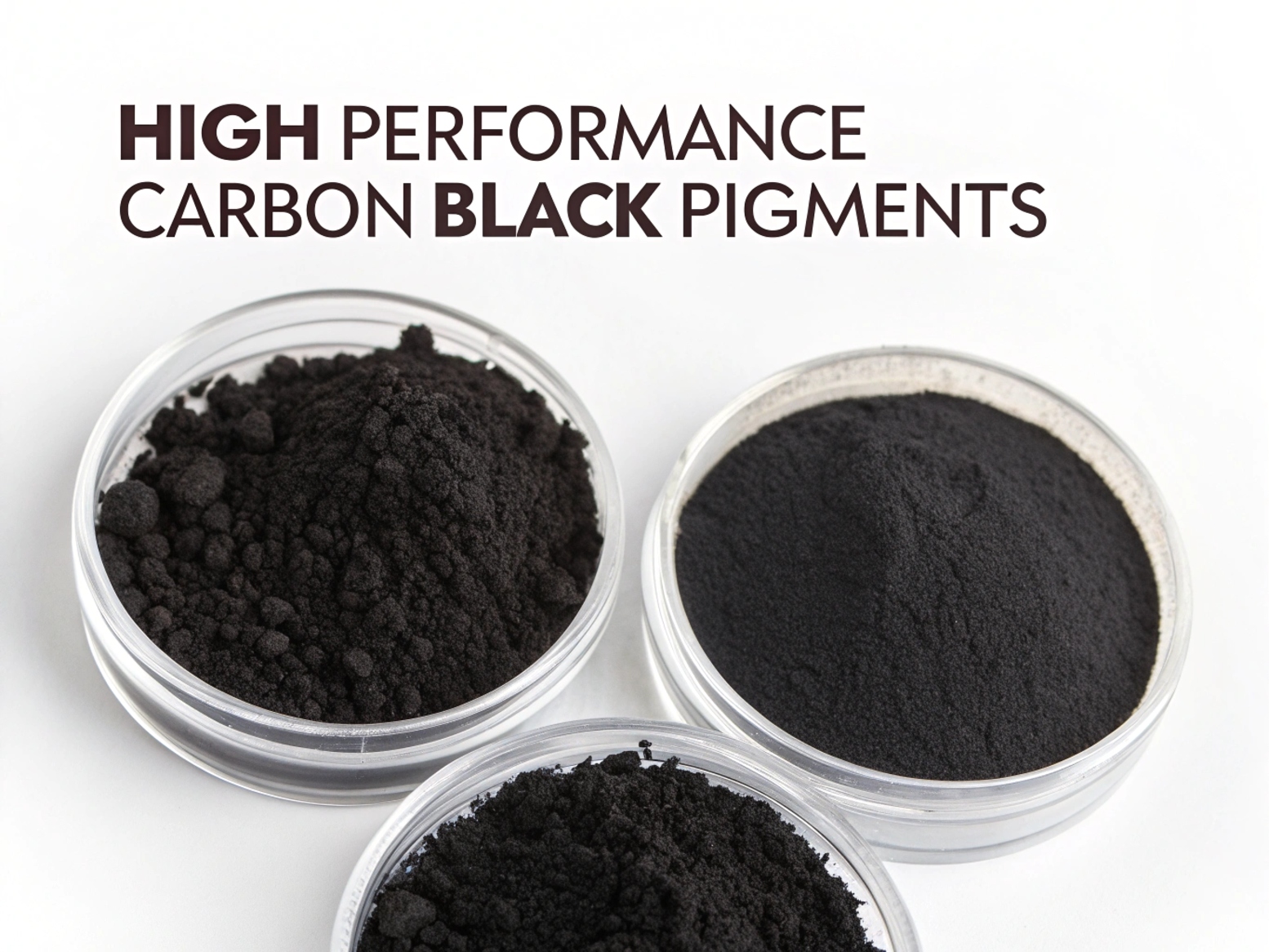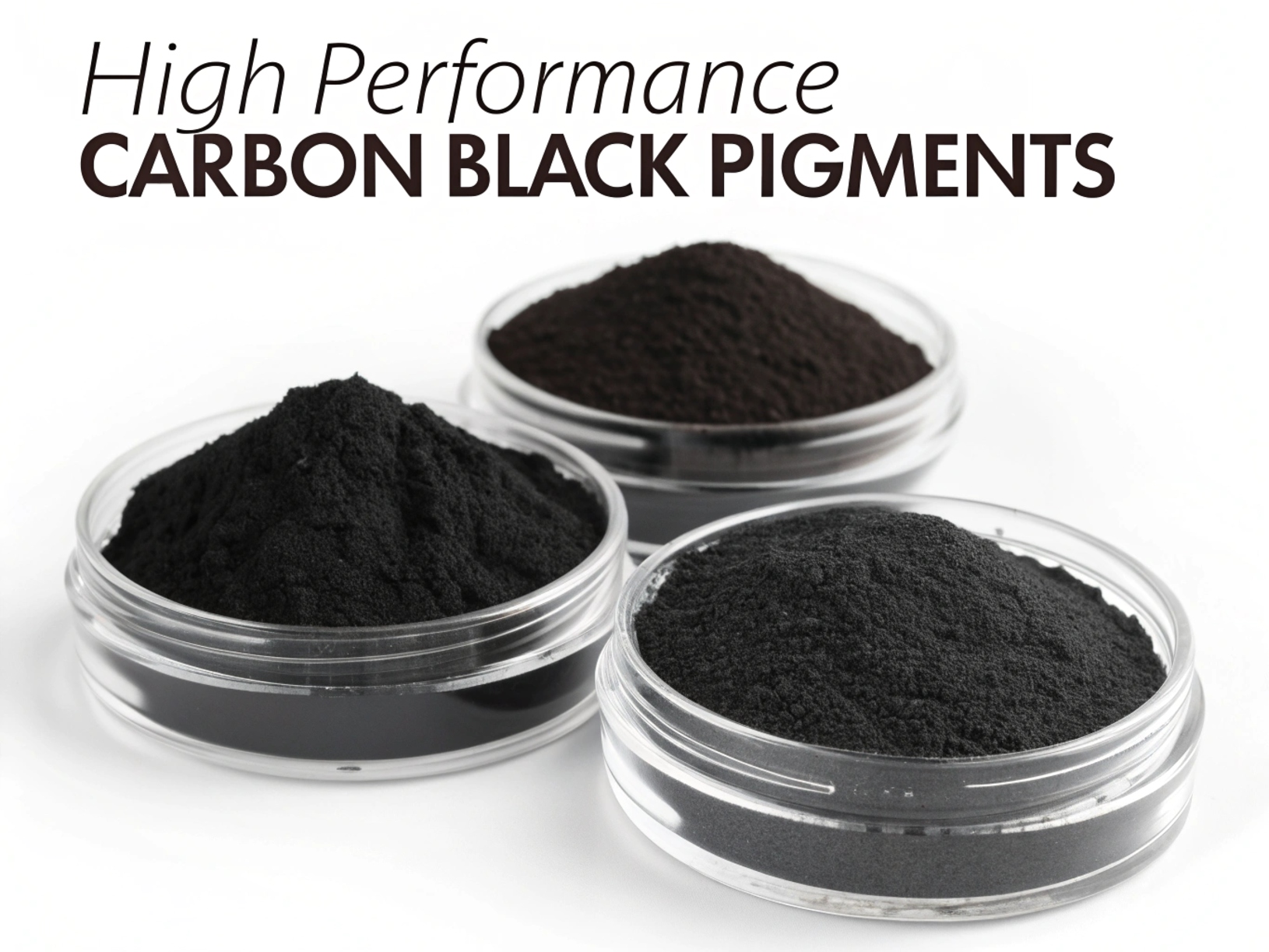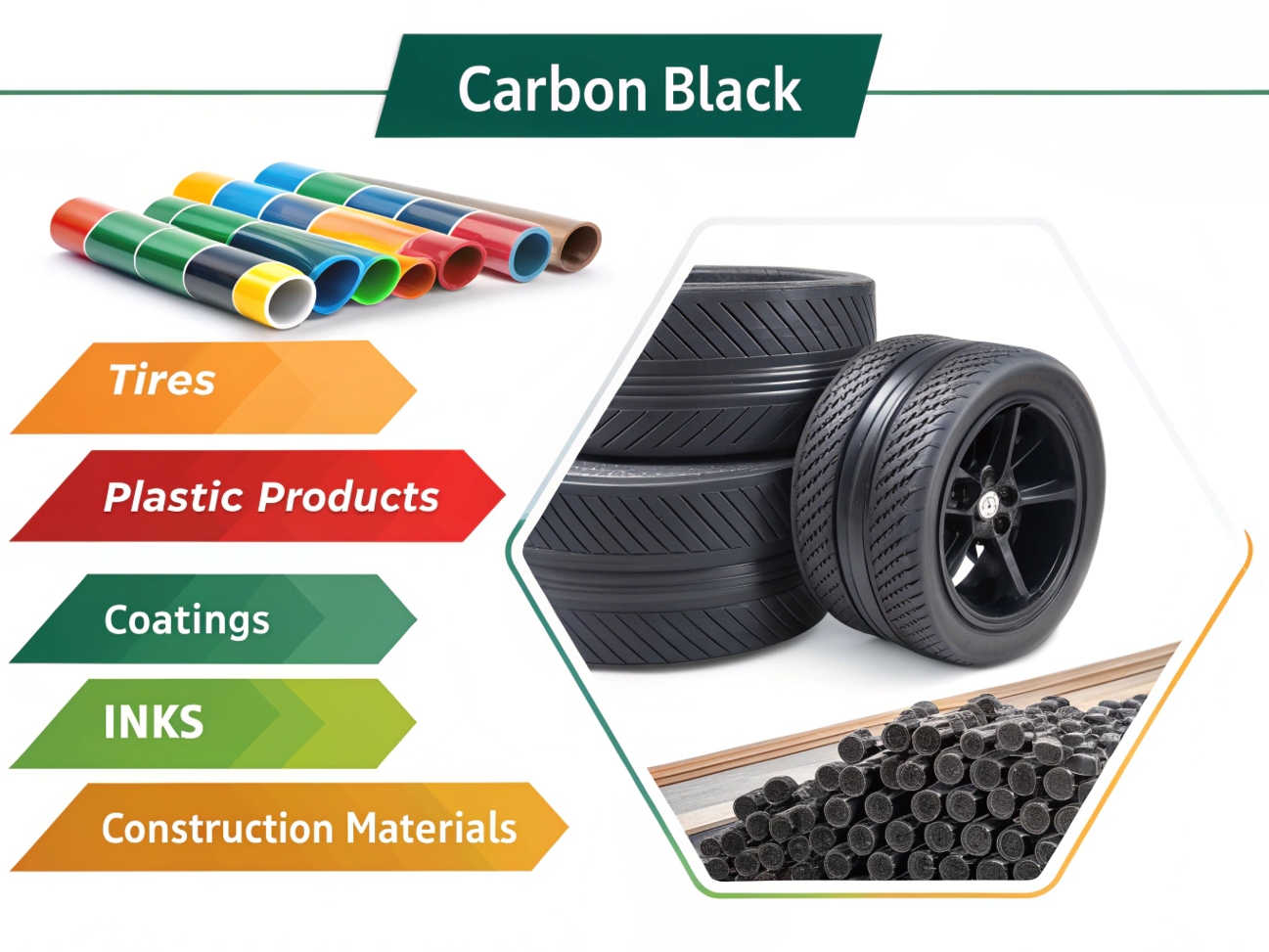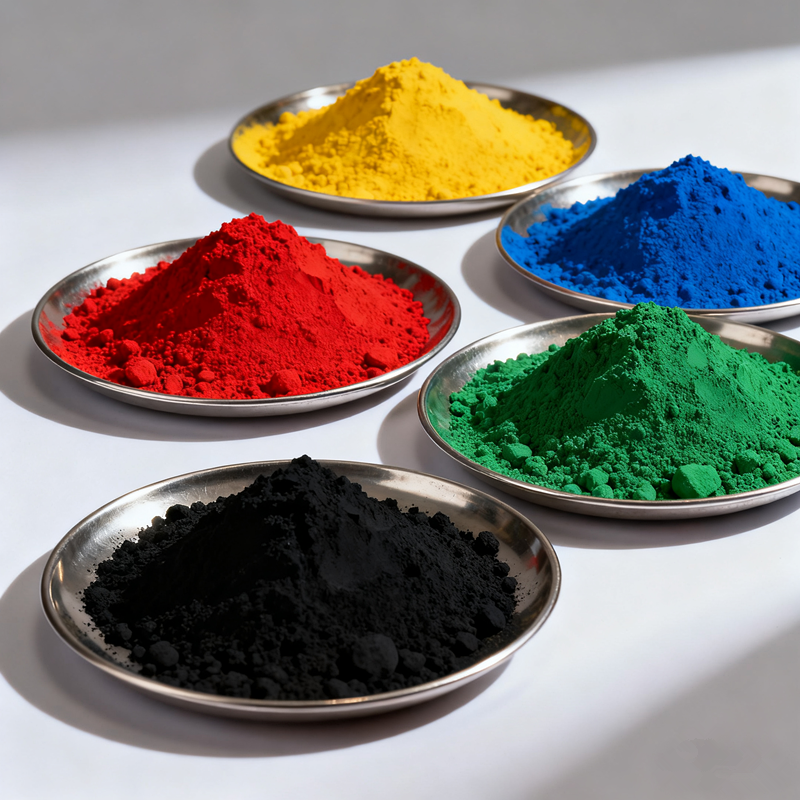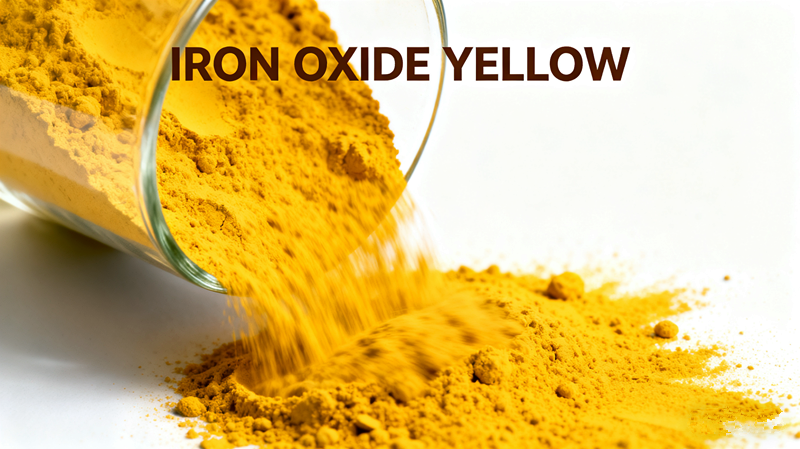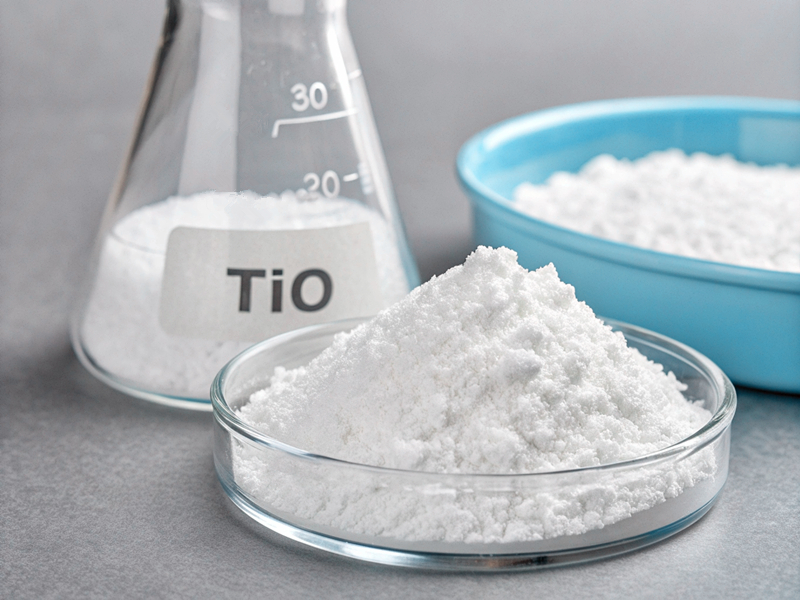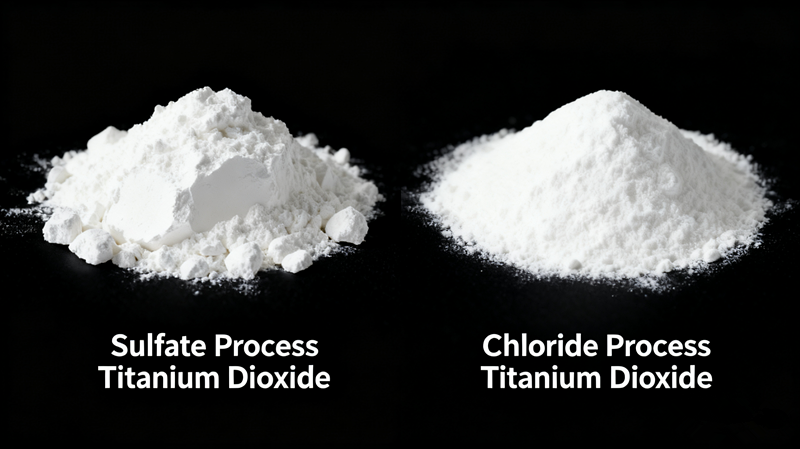Carbon black pigment is widely used in plastics, rubber, coatings, printing inks, and construction materials. It plays a key role in coloring, UV protection, and improving product durability. But with many grades and suppliers available, how do you choose the right one for your application?
This article answers some frequently asked questions and provides useful selection tips to help you make an informed decision.
What is Carbon Black Pigment Used For?
Carbon black pigment is mainly used for black coloration and to provide UV protection. It is commonly used in:
- Plastic masterbatches
- Rubber tires and hoses
- Printing inks
- Paints and coatings
- Concrete and cement products
Different applications require different properties, so choosing the right grade is critical to ensure product performance.
What Are the Key Properties to Consider?
When evaluating carbon black pigment, pay attention to the following factors:
1. Particle Size
Smaller particles provide a deeper black color and better tinting strength. However, they may be more difficult to disperse. Larger particles offer better dispersibility but lower color intensity. For example:
- Fine particle size (10–20 nm): High jetness, used in automotive coatings and high-end plastics
- Medium particle size (20–40 nm): General-purpose use in inks and paints
- Coarse particle size (above 40 nm): Used in rubber products and construction
2. Surface Area (BET)
BET (Brunauer–Emmett–Teller) surface area affects tint strength and dispersibility. A higher surface area gives better blackness but may need more intensive dispersion.
3. Structure
The structure refers to how the particles form chains or clusters. High-structure carbon black gives better conductivity and reinforcement, especially in rubber applications.
4. Volatile Content and pH
These values affect processing and compatibility. For example, high volatile content may lead to odor issues, while pH needs to match your formulation.
How to Choose the Right Carbon Black for Your Industry?
Every industry has its own requirements. Here are some quick selection tips:
Plastics
- Use pigment with small particle size for high color strength
- Look for grades with good dispersion to avoid specks or color streaks
- For outdoor products, ensure the pigment provides sufficient UV protection
Paints and Coatings
- Focus on tinting strength and gloss level
- Use finely dispersed pigment for a uniform finish
- Low-volatile and neutral pH grades help improve storage stability
Rubber
- Select carbon black with high structure for reinforcement
- Coarser particle size is acceptable if color intensity is not a priority
- Pay attention to oil absorption and processing behavior
Concrete and Cement Products
- Use weather-resistant and light-stable carbon black
- Dispersibility is important to ensure even color in bricks or pavers
- Lower tinting strength grades are often more cost-effective for bulk applications
FAQs
Q: Can I use the same carbon black for all products?
A: No. Each application needs different performance characteristics. It’s best to test several samples and select the most suitable one based on color, dispersion, and cost.
Q: How do I test dispersion quality?
A: Perform a mill test or use a dispersion meter. Poor dispersion may lead to visible specks, especially in paints or plastics.
Q: What’s the difference between pigment carbon black and conductive carbon black?
A: Pigment carbon black is used mainly for coloring. Conductive carbon black has higher structure and specific surface area, designed to provide electrical conductivity in materials.
Q: How should carbon black be stored?
A: Keep in a dry, ventilated warehouse. Avoid moisture and high humidity to prevent clumping and handling issues.
Final Suggestions
- Always request a technical data sheet (TDS) and material safety data sheet (MSDS) before buying
- Ask your supplier for sample testing, especially for new formulations
- Evaluate suppliers not only on price but also on consistency, supply capacity, and technical support
- Consider the origin and manufacturing process — furnace black and gas black have different properties
Choosing the right carbon black pigment takes time and testing, but it’s worth the effort. A well-matched pigment will improve your product quality, processing efficiency, and customer satisfaction.


